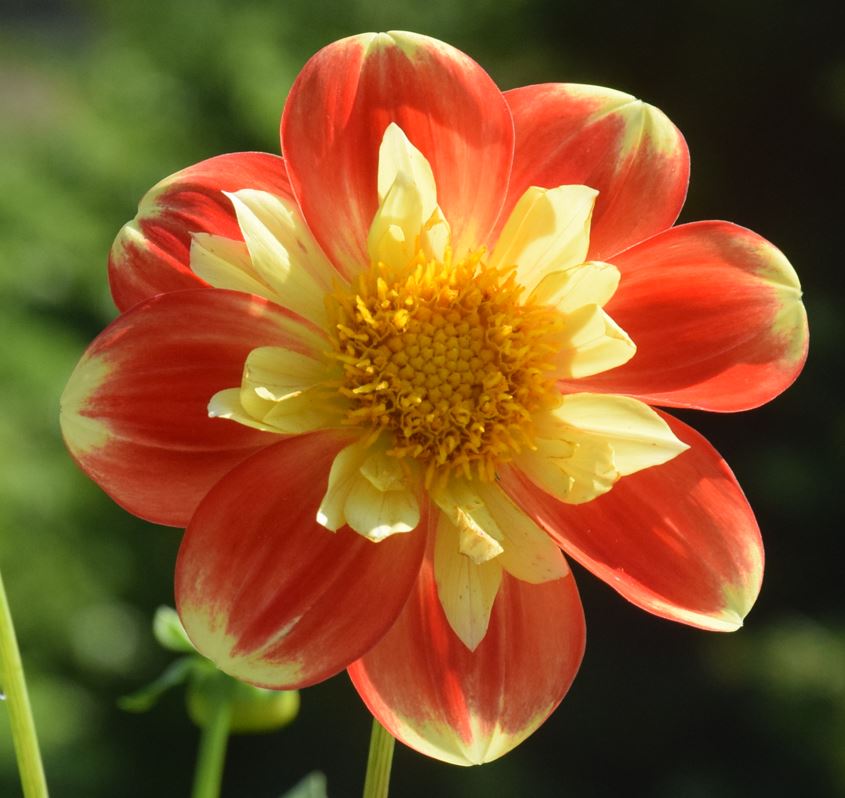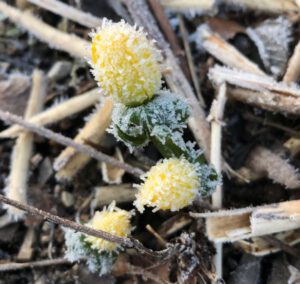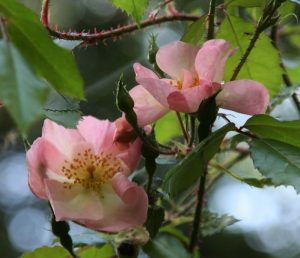
With the scientific voyages of the mid-18th century, many previously unknown plants reached Britain and the Continent. Naturalists on these expeditions sent seeds to their sponsors, as well as to wealthy individuals. In Europe, botanists eagerly welcomed new seeds from Asia and America. They competed to describe them first, as this offered a chance to make a name for oneself in botany.
Many exotic flowers quickly became known within expert circles, and wealthy amateur gardeners competed in a friendly manner to be the first to successfully cultivate the new species. But how quickly did new species such as the zinnia come to the attention of the public, and make their way into the gardens of the middle classes? Would, for example, Jane Austen have known the zinnia, which reached Britain in 1753? Let’s find out more.






